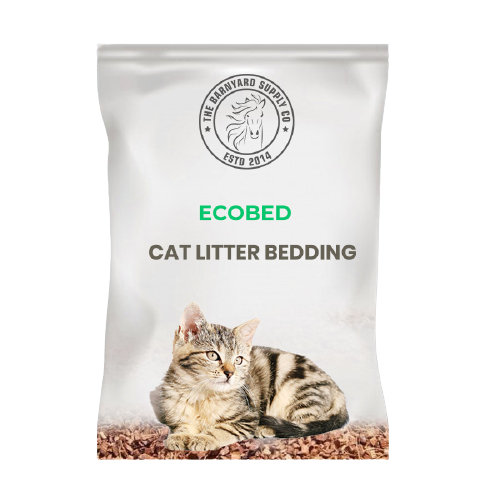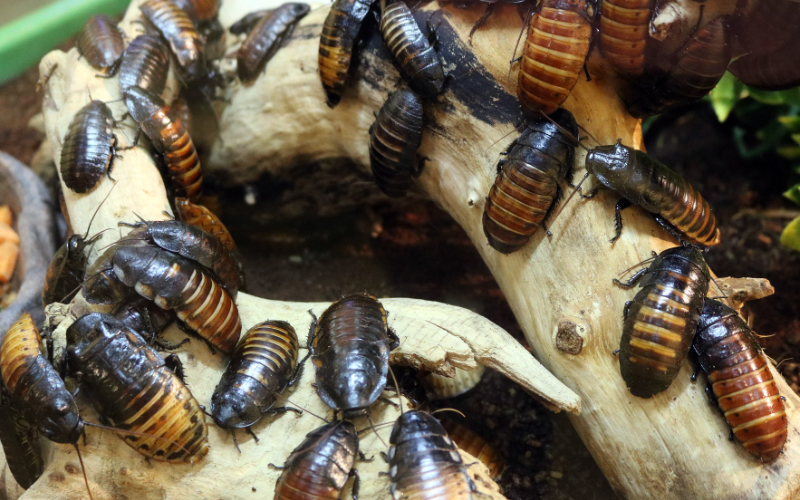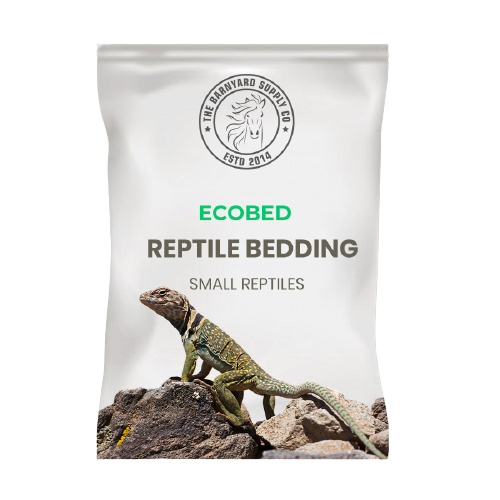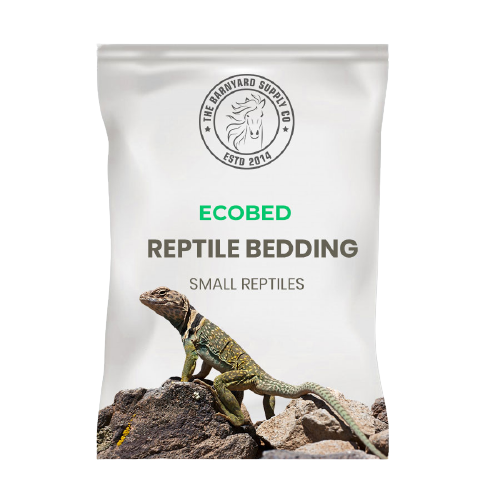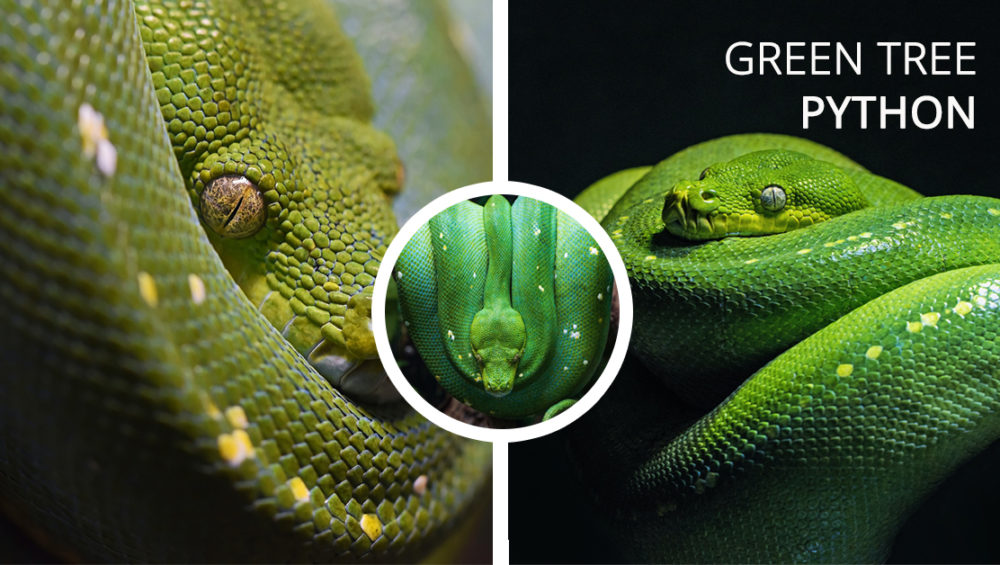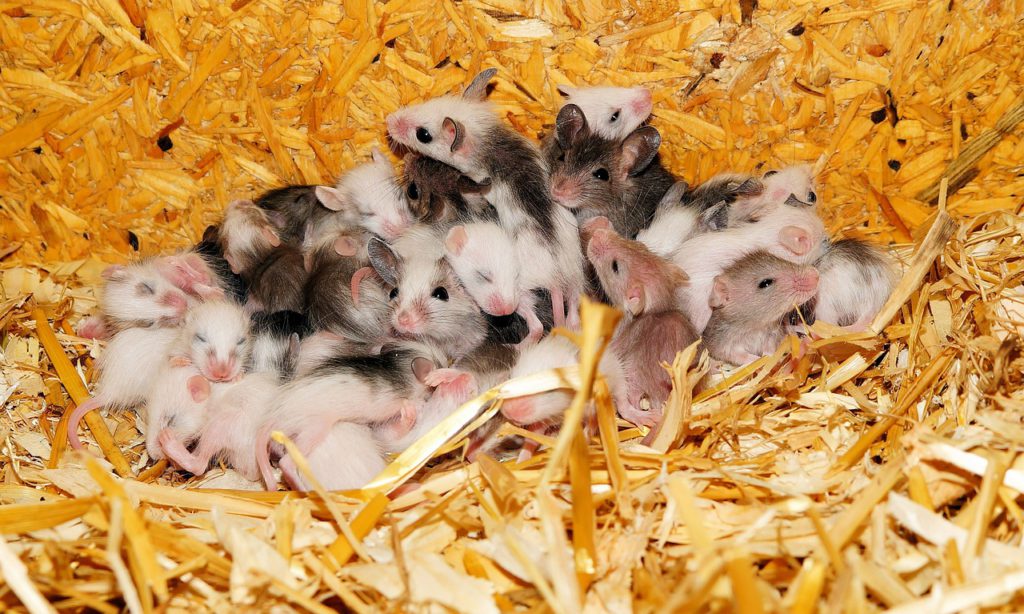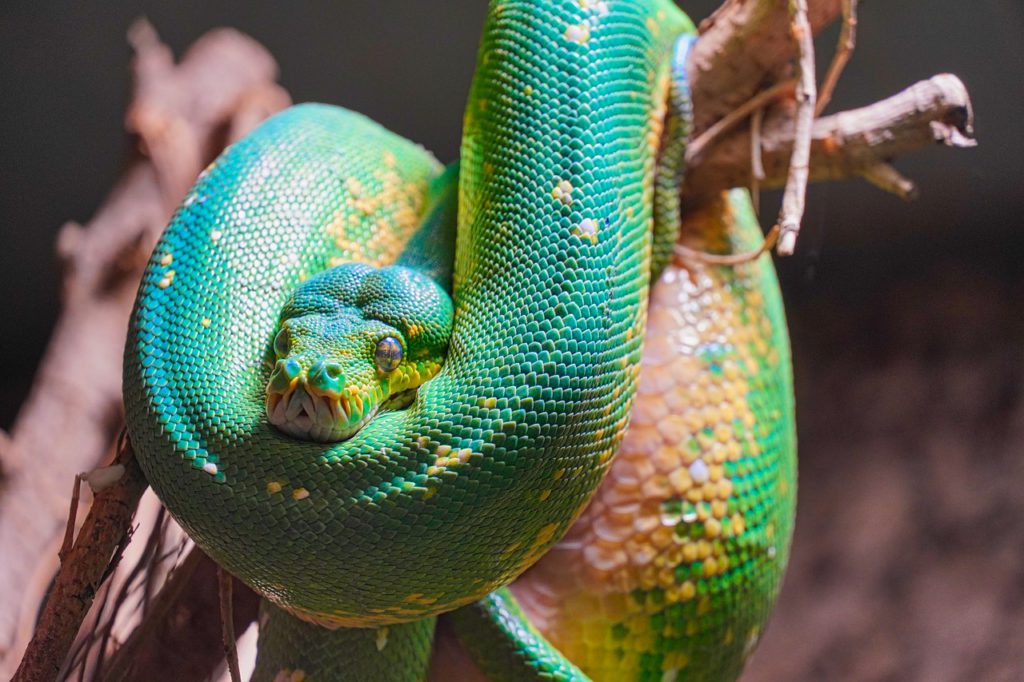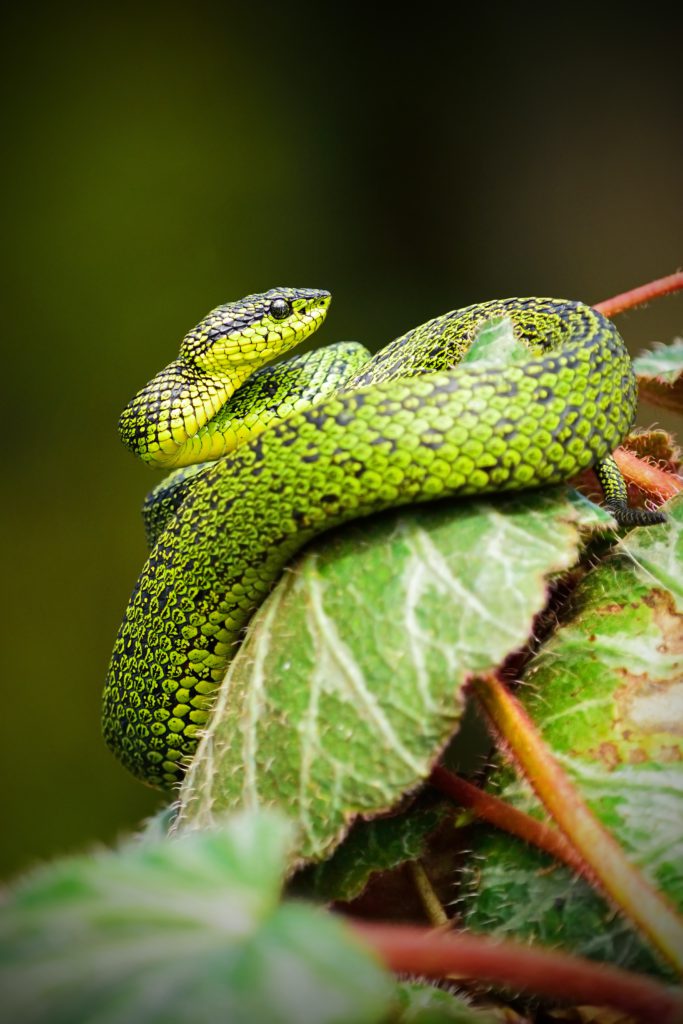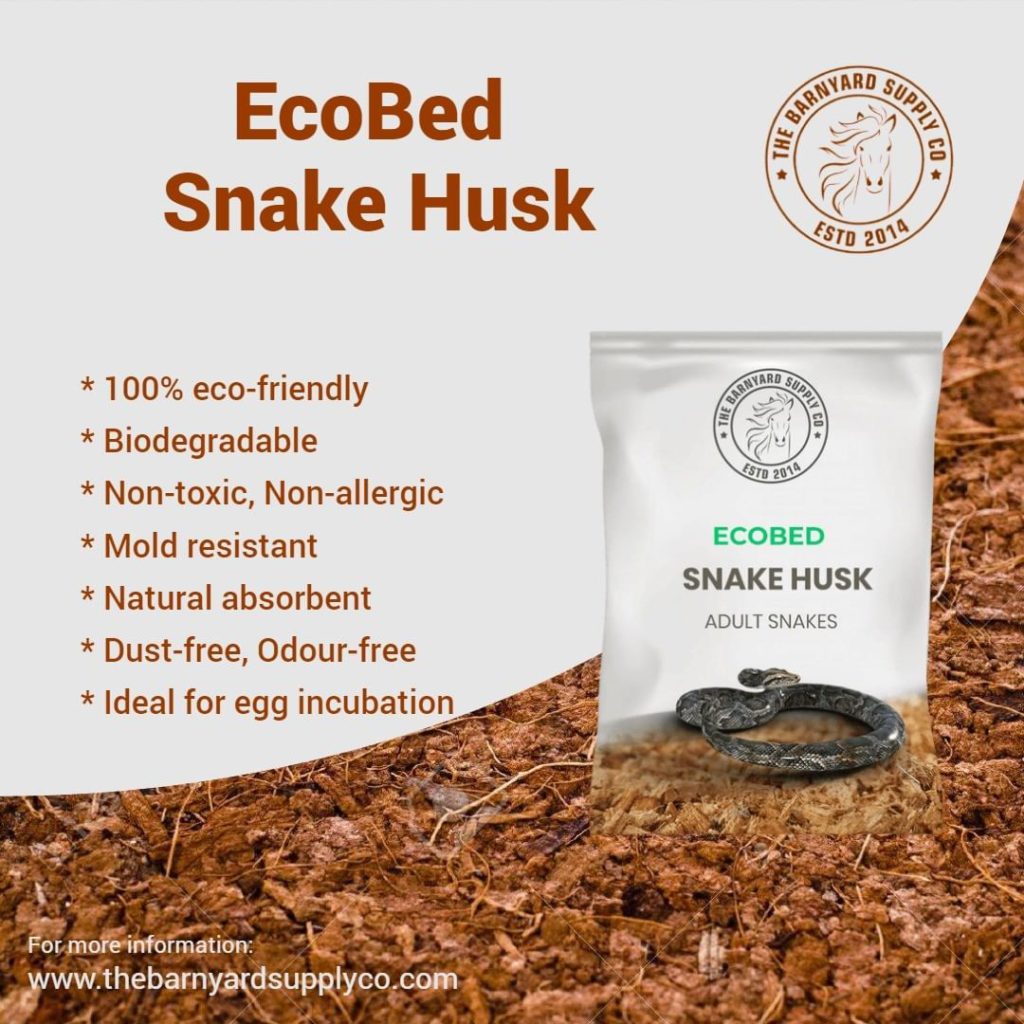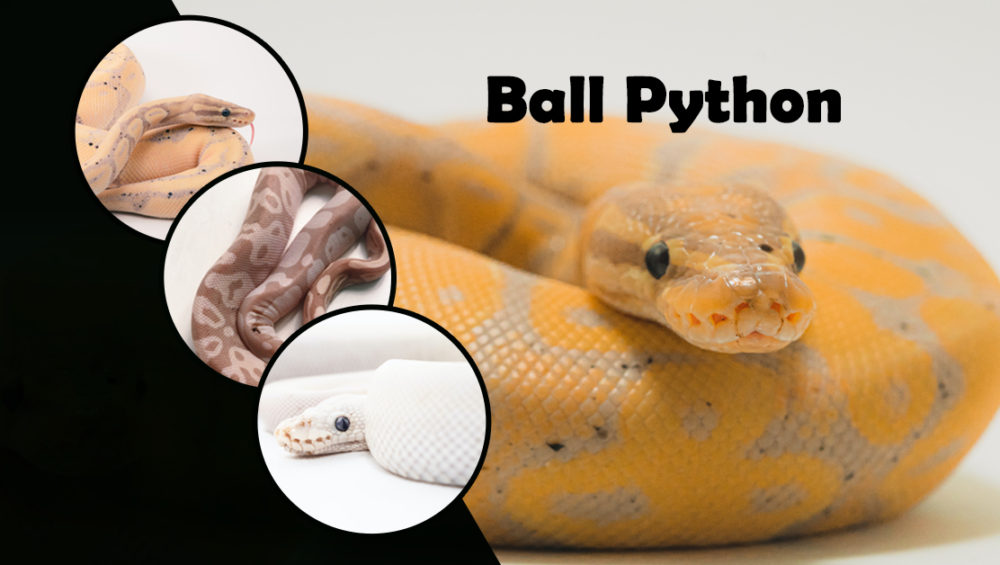When you’re a new cat or kitten owner, you’re likely to have a lot of questions about how to care for your new companion. Cats are many things, as you may already know or will soon discover lively, independent, affectionate, curious, smart, and frequently entertaining. Cats are low-maintenance pets that are simple to care for. Cats are one of the most popular pets, and they are an excellent addition to any home! Cats can be self-sufficient and are considered the ideal companion for individuals who lead busy lives, but they still require care. This guide explains some of the fundamentals of cat care.
Behaviour

The cat’s emotional condition and intentions are expressed through a nuanced range of facial expressions, vocal sounds, tail and body postures. These signals are used to widen, narrow, or preserve social distance. Rubbing the side of the head, lips, chin, or tail on the owner and against furniture is a characteristic social behaviour. Scent glands in several areas of the cat’s body appear to have a part in developing a recognisable odour in the cat’s environment.
Every cat is different, but strange grooming or concealing habits, as well as changes in feeding or toileting habits, are grounds for concern. Sleeping in a slumped position and spraying inside are also bad ideas. Aggressive or unsociable behaviour might also indicate a cat that is unhappy or sick.
Housing

Your pet should have her own clean, dry sleeping and resting area in your home. A nice, warm blanket or towel can be used to line your cat’s bed. Make sure to wash your bedding on a regular basis. Please confine your cat to the house. Cats who live outside do not live as long as cats who live indoors. Cars, as well as battles with other cats, raccoons, and free-roaming canines, pose a threat to outdoor cats. Cats are known to be eaten by coyotes. Fleas and ticks are more likely to infest outdoor cats, and they are also more prone to get infectious illnesses. You must offer your cat comfortable bedding.
We recommend EcoBed Cat Litter Bedding, which is natural, biodegradable cat litter made of naturally driven coconut peat.
Grooming

Although most cats are clean and rarely require a wash, you should brush or comb your cat on a regular basis. Brushing your cat’s coat on a regular basis keeps it clean, decreases shedding, and reduces the likelihood of hairballs. Avoid getting soap or water near your cat’s eyes or ears by using a mild shampoo made for cats. Shampoos with flea treatments should be avoided unless your veterinarian advises otherwise, since many cats have experienced negative responses to particular flea treatment shampoos. After bathing, thoroughly dry him with a towel and lay him somewhere warm until he is completely dry. After the coat has dried completely, give him a good brushing to make him fluffy and gorgeous.
Handling

Place one hand beneath the front legs and the other behind the hindquarters to lift up your cat. Lift with care. Picking up a cat by the scruff of the neck or the front legs is never a good idea.
Diet and Feeding
A well-balanced cat diet should include the majority of cats will thrive on advanced, natural, or essential cat meals. Food should be matched to a person’s age and degree of activity. Treats should not account for more than 10% of overall food consumption. Water is replaced daily and is fresh, filtered, and chlorine-free.

When feeding your cat, keep in mind that you feed 2 to 3 little meals each day; cats love to eat often throughout the day, and this is the optimum feeding technique provided the food can be kept fresh and the cat will not overeat. Keep an eye out for indications of boredom in your cat, since bored cats can eat excessively if food is continually accessible. Giving your cat wet food is a wonderful approach to ensure that they receive enough water. Using a pet fountain to offer your cat with fresh, clean, circulating water may encourage them to drink more, which will help them keep hydrated.
Vaccination
A variety of immunizations are required for your kitten, including:
8 weeks – Feline rhinotracheitis, Feline calicivirus, Feline panleukopenia (first series)
9-11 weeks – Feline rhinotracheitis, Feline calicivirus, Feline panleukopenia (second series)
12 weeks and up – The conclusion of the series
Feline rhinotracheitis, feline calicivirus, and feline panleukopenia are all diseases that affect cats.
Rabies is a disease that affects humans (required at 16 weeks and then annually)
Consult your veterinarian to determine the best immunisation regimen for your cat.
Common Health Issues
Diarrhea is a condition characterised by loose stools caused by a poor diet, stress, filthy living conditions, or another sickness. Determine the reason and therapy with the help of a veterinarian.
Coughing, choking, or vomiting are all symptoms of hairballs. Hairball prevention should be used on a regular basis. If the problem persists or you’re losing weight, see a veterinarian.
External parasites such as mites, fleas, and ticks cause itching, hair loss, and sickness. Use products made specifically for cats. Make an appointment with a veterinarian.
Conclusion
Cats are the most popular and gentle pets. You should expect to spend time with your cat, both playing with it and grooming it, as well as being a companion to them. You may do your best to ensure that your cat is happy and healthy by taking this route.


